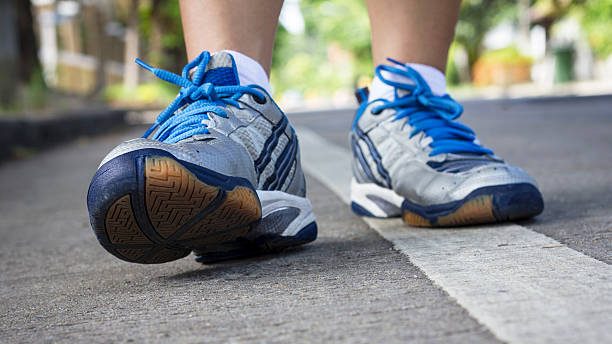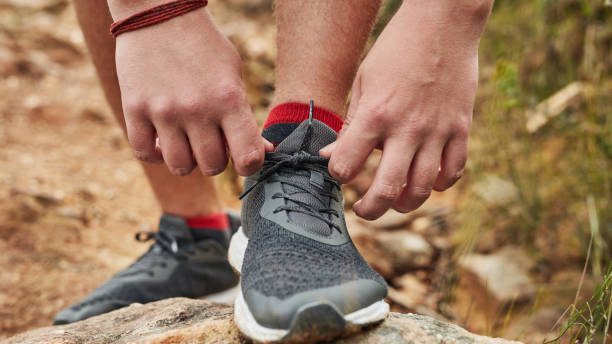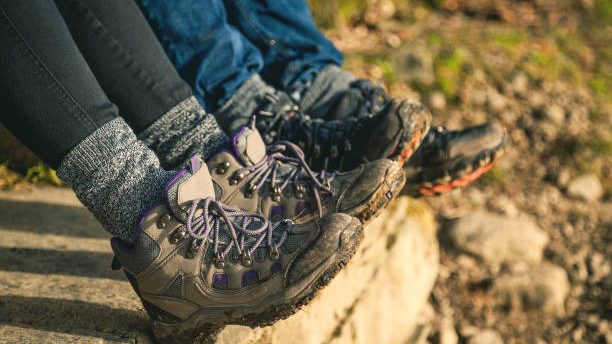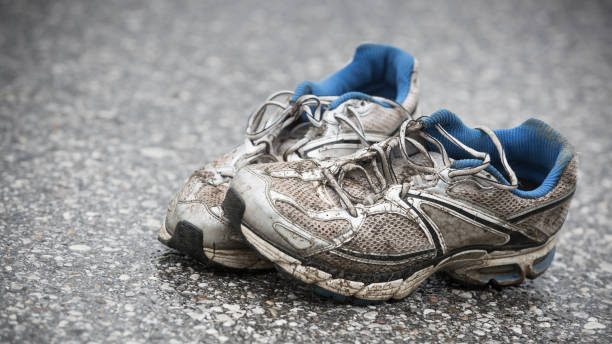Don’t let your hiking gear hold you back. Knowing the proper signs of When to replace Hiking Boots signifying those old boots is essential for any avid explorer.
Please find out how often you should replace them and learn some tips on storage, so they stay like-new longer. Say goodbye to frustrating foot problems and hello to reliable protection with a fresh pair of shoes – get ready for an exciting journey ahead.
When hitting the trails, having a good pair of hiking boots is essential for an enjoyable and safe trek. However, like all things in life, eventually, our beloved companions are subject to wear – unfortunately, it’s just how time works.
It may be tough to know when your shoes need replacing but keep this in mind: the sooner you identify issues with them, the better; don’t let irresponsible treading put either yourself or fun outings at risk. Choose wisely so you and your booty can enjoy long-term hikes together.
When Should I Replace My Hiking Boots?
Don’t let your hiking boots be the downfall of a great adventure. It can be tough to know when it’s time for new footwear, but keep an eye out for signs like flat insoles and worn tread. If you’ve had them 500-1000 miles or are feeling pain in your feet during hikes, it might be time to go shopping.

Quality is key, too; make sure you get reliable shoes that will stay strong on all sorts of terrain – so if they’re starting to show wear and tear beyond what was expected given their age, go ahead and start looking around at different options.
Check back here as well: we have detailed lists tailored specifically with the hiker in mind to help narrow down which features should take priority
When to replace Hiking Boots (10 Signs That You Need to Change Your Hiking Boots)
The Tread is Worn Down
Worn down the tread on the bottom of your shoes is not just an eye sore but a safety issue. Eventually, with regular use and wear and tear, even the sturdiest footwear will start to lose that necessary grip for traversing trails.
With smoothness instead of any rigid lines in sight indicating it’s time to replace them, make sure you’re taking extra caution outdoors since making one misstep could be detrimental without proper traction.
You Have Pain in Your Feet
Have you felt discomfort in your ankles, arch, or toes after hiking? It could hint that it’s time to say goodbye to the old boots and invest in something new.

Pain can also tell us when our shoes are not providing enough support anymore – often caused by general wear and tear from long walks on tough terrain. Don’t ignore these signs. Consider having them checked out so as not to miss any other underlying issues causing the pain before investing in newer pair of shoes
The Ankle Cuffs are Getting Worn
Hiking on challenging grounds can be a great way to explore nature, but it’s not so good for your shoes. Over time you may notice the ankle cuffs start to wear down with fabric tearings, unsupportive deformation, and lack of cushioning–all leading to less comfortable trails ahead.
You’ve Had Them For 500+ Miles
Hiking boots come with a built-in expiration date – somewhere between 350 and 1,000 miles of wear, depending on the manufacturer.
Check your go-to brands online if you’re looking for specific mile markers; they can also change based on how much strain or stretch is put into them from trail to trial. A city hiker’s shoes may last longer than those heading up mountainsides in search of higher summits.
They Aren’t Comfortable Anymore
After many miles and countless adventures, it’s easy to understand how a beloved pair of shoes can start losing their comfortable charm.

While at first, they may seem like the perfect companions for any journey, after wearing them frequently, those trail shoes just don’t have that same “luxury” feeling anymore. If you ever find yourself in this situation, treating your feet with a new set of sneakers could be exactly what you need.
The stitching is Coming Loose
Old, worn boots may be more than a fashion statement – with loosened stitching comes compromised stability and support for your feet.
From walking to running, an increase in water resistance is essential; otherwise, you risk ending up soggy or unsupported. So watch out for those slipping stitches before they leave you feeling less confident on the move.
How Often Should Hiking Boots Be Replaced?
While there is no universal timeframe for how long hiking boots can last, the duration largely depends on various factors.
The quality and craftsmanship from trusted brands like Oboz, Merrell, and Salomon provide hikers with dependable footwear that will keep up with them across trails–but careful wear helps to extend their longevity too. Your beloved trekking shoes could be by your side for years with proper care.

Although some budget boots available on Amazon and other websites may offer quality at a lower cost, their longevity is not always guaranteed compared to higher-end models.
With the right care, though, and depending on how you use them, even modestly priced options can take you over 1,000 miles.
Remember that if your adventures involve tackling rugged terrain or mountain climbing, it’s best to invest in something more durable – but they could still be a great buy for more normal walking trails.
What to Look for in New Hiking Boots?
If you feel your trusty hiking boots have seen better days, it’s time to update them with a new pair. As you shop around for the perfect match, evaluate different qualities that make up superior shoes:
Supportiveness and comfort should be top priorities while also considering traction abilities, waterproofing capabilities, and durability against external elements such as punctures or abrasions.
The price point is usually an important factor, too – but don’t let any compromise on quality when finding just the right fit from a reliable brand. All of these criteria will help ensure you find footwear suited for all kinds of adventures outdoors.

